In a rare and ebullient book he dedicated to all people in peaceful quests of knowledge, Dr. Norman R. Bergrun proposes an intriguing hypothesis regarding the formation of Saturn’s frail and exquisite rings.
In the mid-1980s, Dr. Bergrun undertook a private study of Saturn’s rings and focused his efforts on images sent back by the Voyager 1 and 2 space probes. His work brought him to an unusual conclusion: the structures were formed by emissions emerging from gigantic electromagnetic vehicles (EMVs). Understandably, these vehicles must be controlled by forms of intelligence we’ve yet to discover.
Additionally, these extremely advanced vehicles have been spotted all over the solar system, their effects visible on the matter they interact with. Photographs have captured their presence near the Sun or other planets and even in deep space.
His work presents increased interest because Dr. Norman Bergrun is not your average UFO enthusiast. He holds a BSME degree from Cornell University, an LLB from LaSalle University Extension, a DSc (Hon) from World University and a California Professional Engineer (PE) License. His scientific career spans decades; he worked at the Ames Research Laboratory, the National Advisory Committee for Aeronautics (a.k.a. NACA, forerunner of NASA) and held the position of research scientist at NASA for twelve years. When a man with such credentials makes some daring statements about extraterrestrial intelligence reshaping the cosmos, going out on a limb and lending him an ear wouldn’t be an unforgivable mistake.
“Presented herein are pictures of immensely large, enormously powerful extraterrestrial space vehicles located in the vicinity of Saturn and its moons. These photographic revelations are reinforced by, and are consistent with, scientific data extending over centuries as far back as Galileo,” Bergrun wrote in his book The Ringmakers of Saturn.
Since Galileo first spotted them in 1610, Saturn’s rings have been a puzzlement for every human eye laid upon them. Spanning over 22 Earth diameters, these peculiar structures are not completely motionless; separate measurements of the gaps between the rings and their overall thickness have given different values, leading astronomers to the conclusion that something is exerting its gravitational influence and modifying the planet’s celestial bling.
Dr. Bergrun argues these influencers are actually enormous artificial machines, anomalous (from our point of view) presences that might signal we’re not the only intelligent tenants in our solar system. He arrived to this conclusion by analyzing the differences between the photographs taken by Voyager 1 and Voyager 2. In the first set of photos, Saturn’s densest ring (Ring A) appeared to be very narrow while in the second set it shows its full width. Bergrun claims this discrepancy is caused by the actions of “something [else] there – an artifact of some sort that’s ‘making’ the ring”.
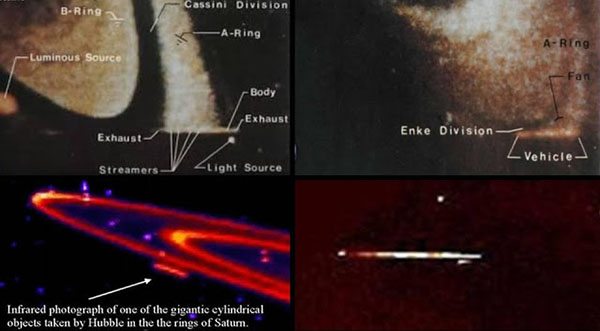
In the image above, a luminous object is seen interacting with the rings of Saturn, emitting exhaust at both ends and generating the A ring. The object orbits the planet clockwise, depositing a wide trail along its way. Bergrun calculated the gargantuan object’s size at approximately 1730 miles in diameter, or roughly the distance between San Francisco, CA and St. Louis, MO. “Such an immense propulsive body implies a space engine possessing unheard-of capacity and capability,” he wrote.
Just imagine what implications this scenario has. Right here in our solar system, where we think we’re the only intelligent species that has a chance at attaining greatness, there’s another, much more advanced presence doing some planetary landscaping. They certainly know about us and since we’re still here, we have to assume they’re mostly benevolent. If this is true, the most ardent questions would be who are they? and what is our relation to them?
Bergrun became interested in the UFO phenomenon in 1971, while on vacation. In an interview with MUFON’s Don Ecker, he described his experience:
“I was once vacationing near Monterey Bay, California, in September 1971. Every day a US Navy helicopter would fly along the same route nearby. One day around noon, I saw a shimmering bright light in the same area. I thought it was another Navy helicopter travelling the usual route. But it seemed to hover at a distance and it took on motions that made me realize it was no helicopter. I grabbed some binoculars and a camera and got a good look at it. It was one of those cylindrical objects, and it performed for me.
I could see azure-blue flames at each end, which looked to me like an airplane’s engine cowl; it was aerodynamically superb. Streamers came out lengthwise from this thing and joined together like a wishbone. The streamers were light yellow-green and tapered. They looked like what physicists call a ‘pinched plasma’. There was a projection on one side that looked like a wing or a cross, with another streamer, something like a flame, surrounding an interior black bar, ending in a rectangular device.”
Bergrun’s intimate experience with propulsion systems and flying machines made him convinced that what he saw was not one of our own.
“I had been around rockets and knew how you manipulated forces to get them to work. It was obvious to me that this thing was a space ship. I was privy to everything the United States had, and this was not ours.”
Unlike most mainstream scientists, he was unphased by the prospect of having his credibility lowered by admitting he suspected UFOs were a real thing.
Bergrun agrees that his hypothesis will cause disagreement: “Despite their straight-forward characteristic, actual photographs probably will not establish conviction for everyone.”
But to those who believe, they offer yet another confirmation that we’re not the first and we’re not the only.
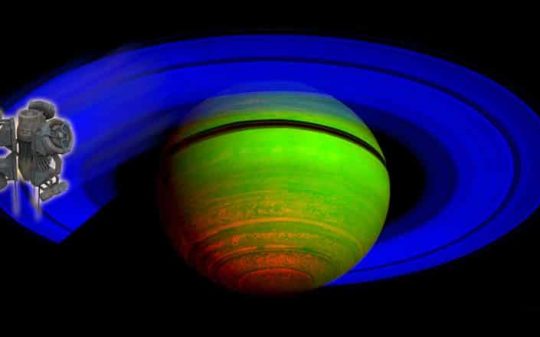
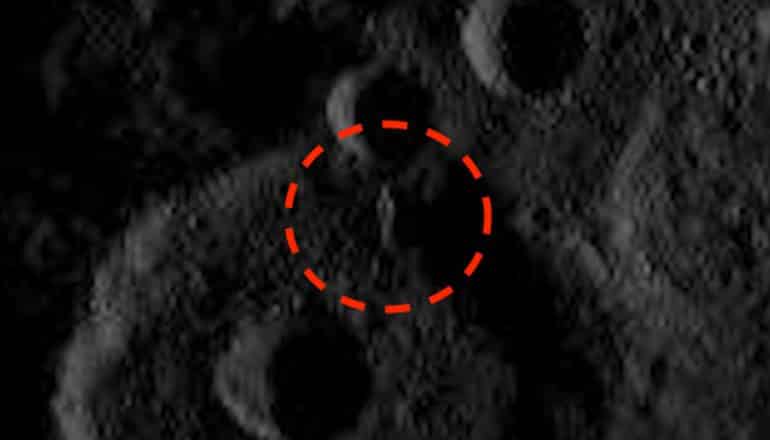
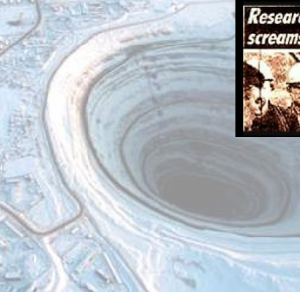

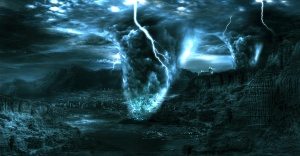
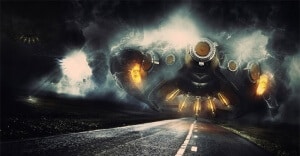

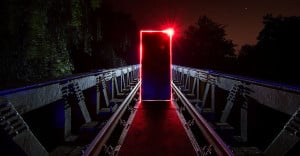
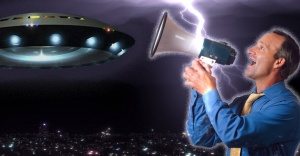


Saturn planet is known as Satan’s planet and is where we get our day we call Saturday. Satan is called ‘the destroyer’. Looks like his work is still going on.